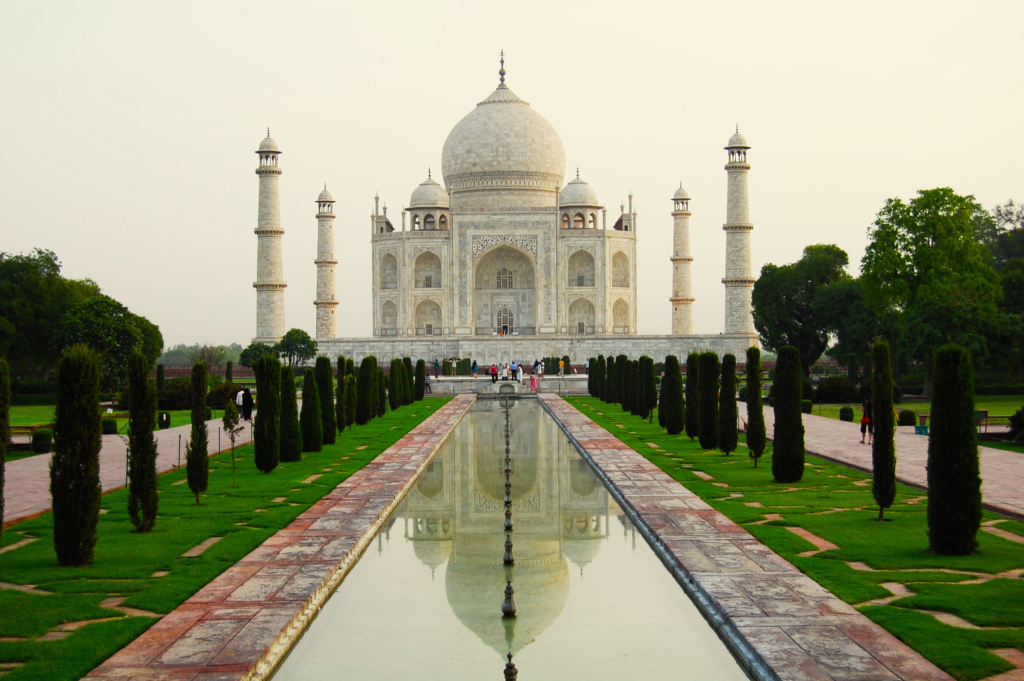Islamic Gardens of Paradise
The seeds of Islamic gardens grew from Persian gardens that were created to be oasis in the desert. Islam spread the sphere of influence to India, Turkey, and Spain from the Taj Mahal to Alhambra.
Key Design Elements
- The objectives were to create a haven of order amongst chaos.
- A place to relax and understand the universe.
- Based on the significance of four items most of the designs are quadripartile.
- The four key elements include a boundary or enclosure generally of trees. Water channels dividing into 4 parts. A Gazebo or platform for poets to contemplate. Trees and flowers as a fourth element.
- To readers of the Koran, paradise is a land of rivers running with ‘milk, honey, wine and water.’
- In the Mogul gardens of India, Persian roses were one of the most sought after flowers

Moorish Gardens of Spain
- After conquering parts of southern Spain the Arabs brought their distinctive style of gardening. One of the most famous is the Moorish gardens at Alhambra.
- The entrances to Persian gardens often incorporated highly decorated buildings symbolising the gateway to paradise.
- Buildings and gardens were often integrated into one experience.

Considerations for Your Garden
- What symbolisation do you wish to convey. Plan accordingly.
- It is quite acceptable to incorporate other gardening styles. Some Asian gardens adapted various Hindu influences and European influences may be dictated by growing conditions.
- Think of a Persian carpet with neat squares combining into the garden space available.